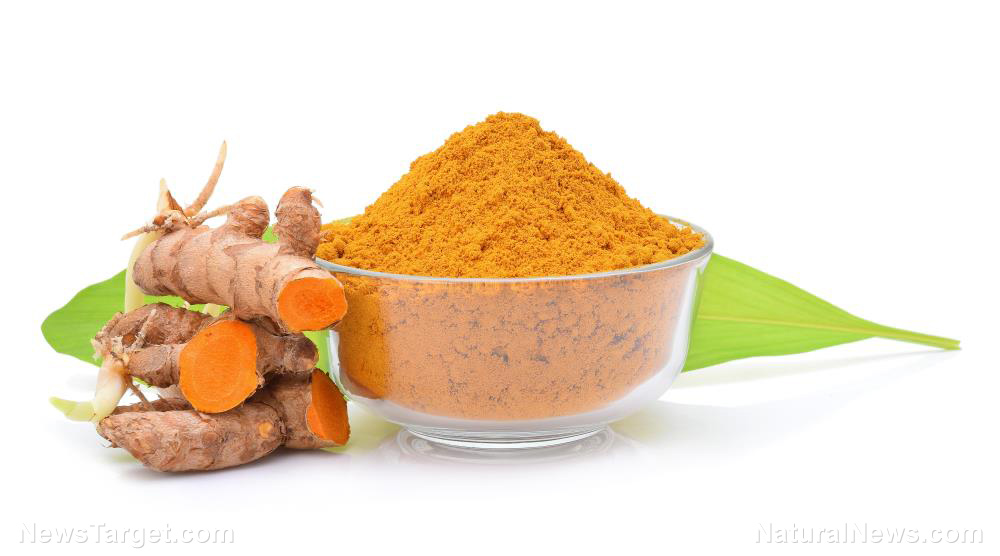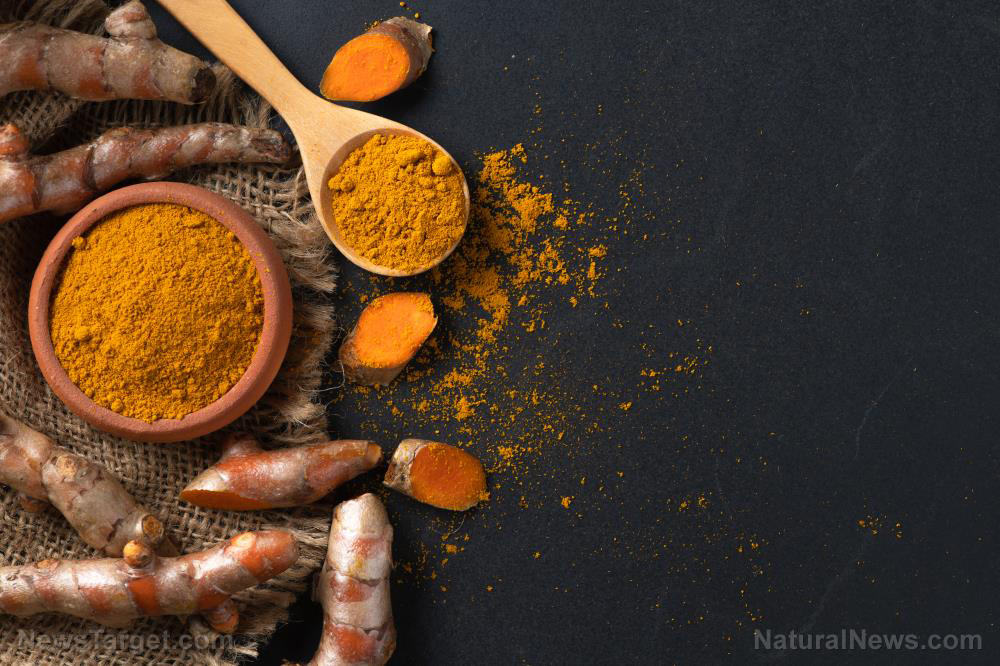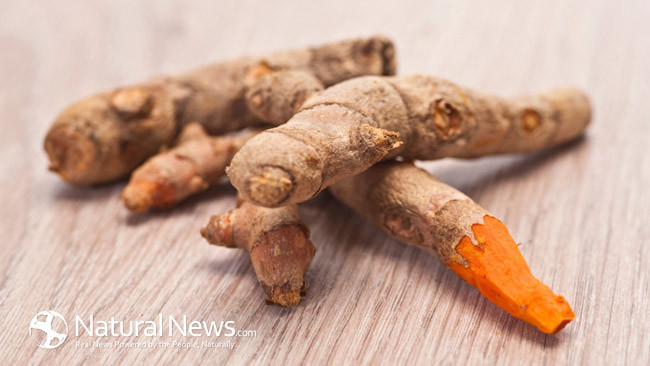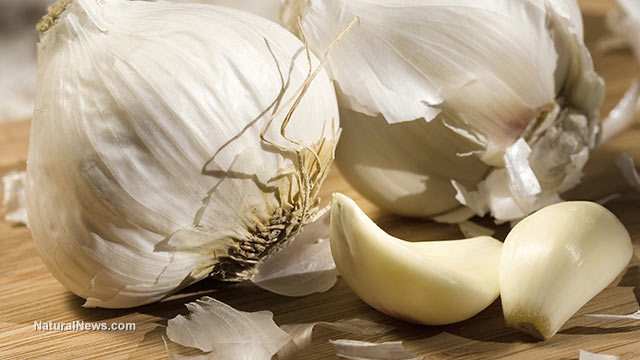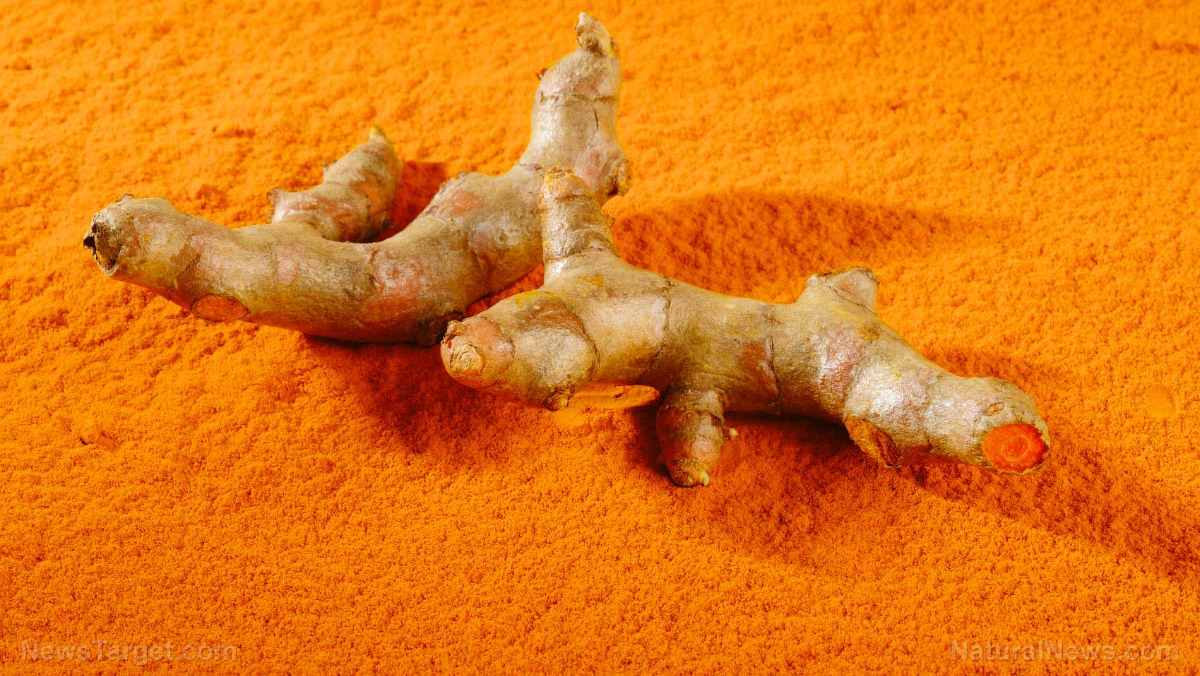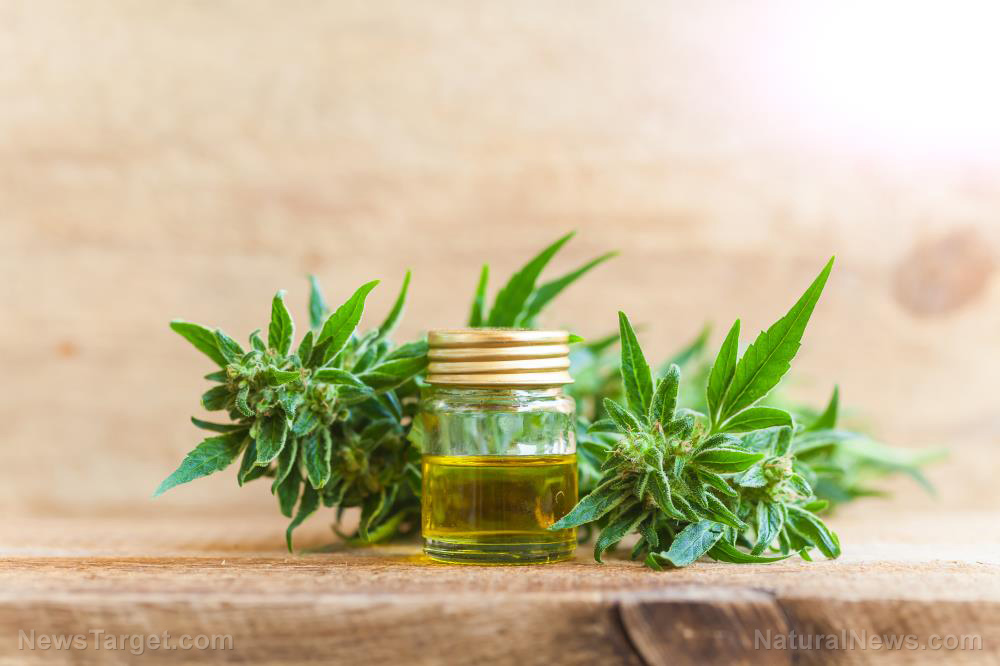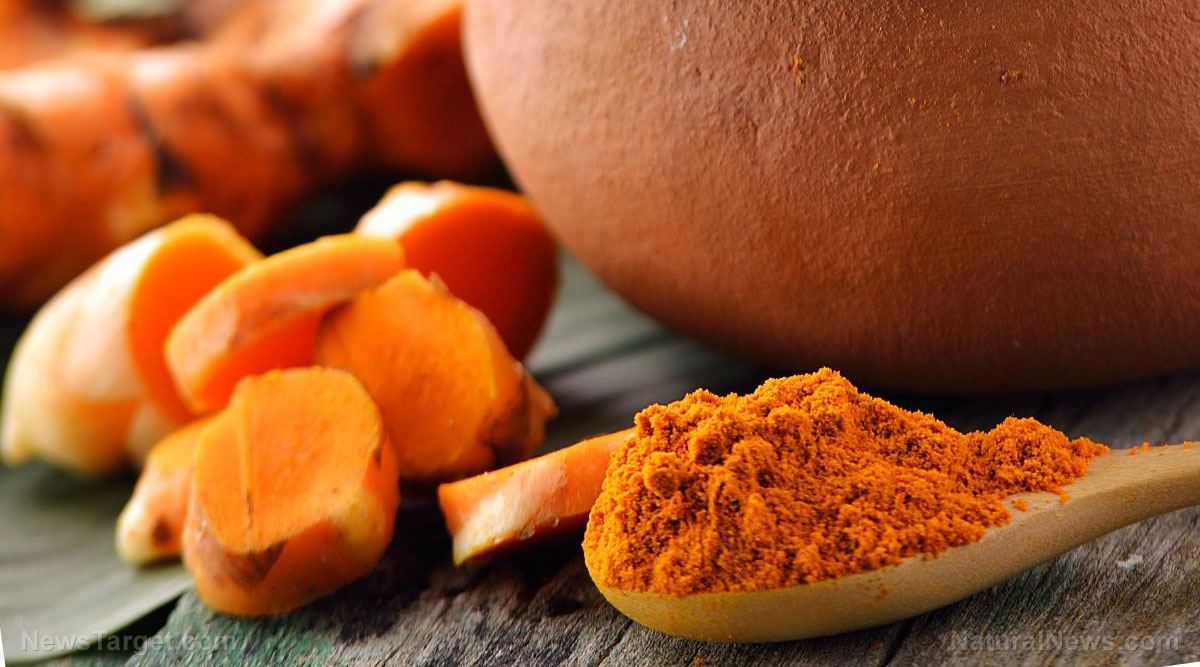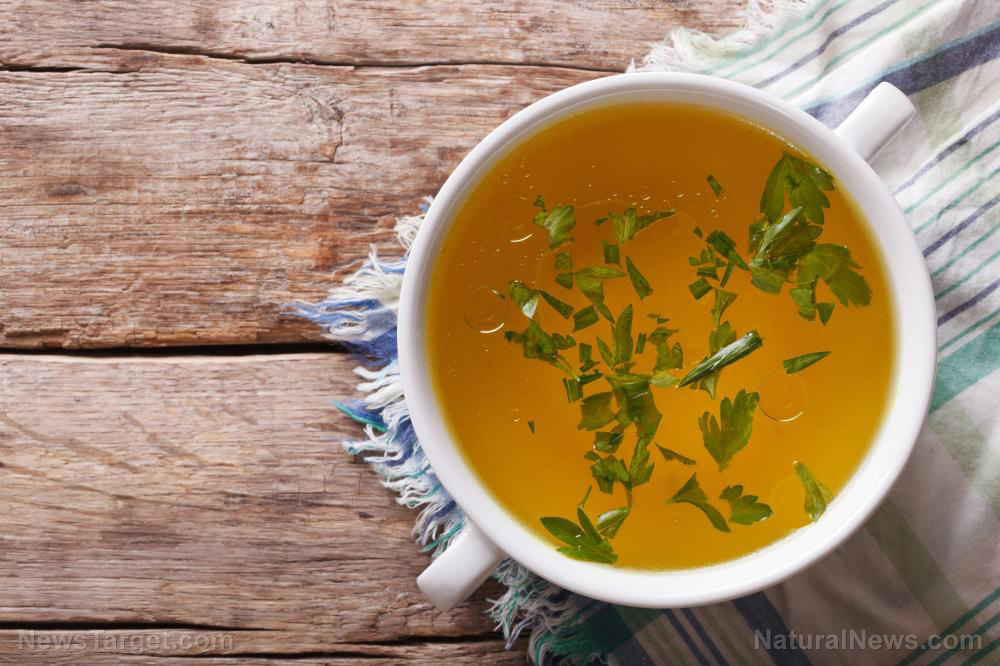Curcumin shows significant therapeutic potential in attenuating autism brain damage induced by prenatal VPA exposure
07/02/2018 / By RJ Jhonson
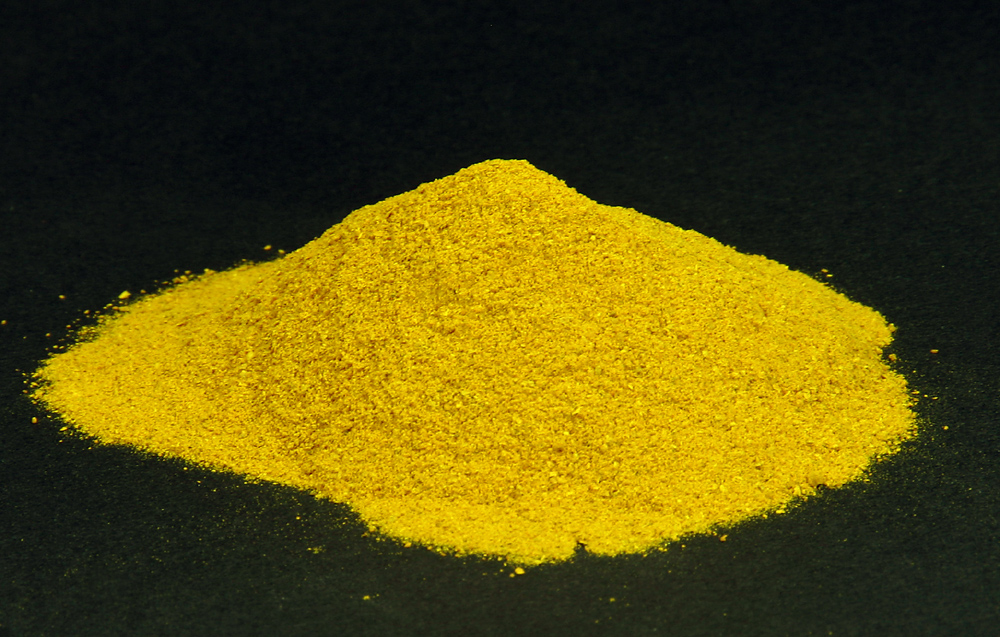
Curcumin, a compound derived from turmeric, has been linked with the amelioration of chemical-induced autism. A study published in the journal BMC Complementary and Alternative Medicine looked into curcumin’s effects against autism induced by valproic acid (VPA).
- Valproic acid is a fatty acid used for the treatment of epilepsy in children. Its use has been linked to neural tube defects, neurodevelopmental deficits, and reduced vocal skills, as well as fatal hemorrhaging, pancreatitis, bone marrow suppression, hepatotoxicity, and hyperammonemic encephalopathy.
- The researchers collected pregnant female rats and divided them into two sets. Set I was injected with saline solution on the 12.5th day of gestation, while set II was injected with 600 mg/kg of sodium valproate. Of the fetuses born, 20 males were taken from each set and were further divided into two groups of 10, creating four groups in total.
- Group I was taken from set I and was given saline solution seven days after birth. Group II came from set II and was given saline solution seven days after birth. Group III came from set II and was given a milliliter of curcumin seven days after birth. Group IV came from set I and was given a milliliter of curcumin after birth.
- The researchers noted delayed maturation and lower body and brain weight in the rat pups exposed to VPA. Numerous signs of brain toxicity were also present.
- The administration of curcumin corrected the VPA-induced dysfunctions to a moderate extent, but improvements were most noticeable in terms of maturation and body and brain weight.
The researchers concluded that curcumin supplementation can attenuate autism induced by exposure to VPA. They did warn, however, that certification is needed for its therapeutic use in humans.
Read the full study at this link.
Journal Reference:
Al-Askar M, Bhat RS, Selim M, Al-Ayadhi L, El-Ansary A. POSTNATAL TREATMENT USING CURCUMIN SUPPLEMENTS TO AMEND THE DAMAGE IN VPA-INDUCED RODENT MODELS OF AUTISM. BMC Complementary and Alternative Medicine. 2017;17(1). DOI: 10.1186/s12906-017-1763-7
Submit a correction >>
Tagged Under:
autism, bad drug, bad medicine, curcumin, good food, natural treatment, valproic acid, VPA, VPA-induced autism
This article may contain statements that reflect the opinion of the author
RECENT NEWS & ARTICLES
COPYRIGHT © 2017 TURMERIC NEWS

